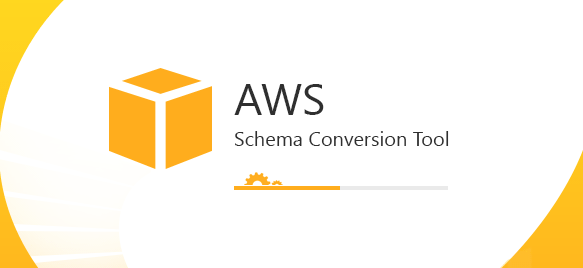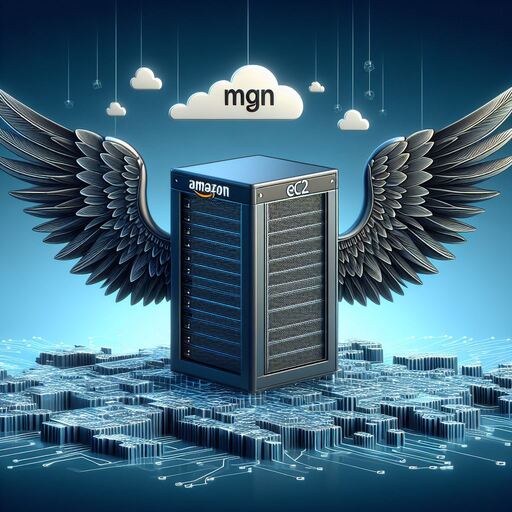Steps to a Seamless AWS Infrastructure Migration

Introduction
In today’s world, where concerns about the environment are growing, technology emerges as a key player in finding solutions. One of our client, a forward-thinking organization deeply committed to making the world a healthier place. They’re on a mission to tackle one of the biggest environmental challenges we face: air pollution. Using smart gadgets called IoT devices, they’re monitoring air quality in real-time, helping communities stay informed and empowered.
As their network of IoT devices grew, the task of managing the influx of data became increasingly complex. Despite already utilizing AWS cloud services in the Oregon region, they encountered the need for a more efficient solution to support their expanding operations and user base. The decision to migrate their AWS operations from Oregon to Mumbai wasn’t just a change of location; it was a strategic move to improve performance, reduce latency for their local user base, and optimize operational efficiency in a new, more suitable AWS region.
Join us as we explore their inspiring journey, where technology meets purpose and we work towards a cleaner, healthier future.
Challenges Faced Before Migration

In the lead-up to migration, our client faced several significant challenges within their AWS infrastructure:
- Dual Role of EC2 Instances: EC2 instances were tasked with both hosting applications and managing load balancing, rather than utilizing dedicated load balancing services like AWS Elastic Load Balancing (ELB). This setup introduced complexities and limitations, hindering scalability and resource management.
- Time-Consuming Development Processes: Development activities were hindered by time-intensive processes, impeding agility and responsiveness. Latency issues further exacerbated performance concerns, impacting user experience and operational efficiency.
- Database Management Complexity: Managing databases within EC2 instances added layers of complexity and increased the risk of unexpected costs. This decentralized approach lacked scalability and posed challenges to data integrity and security.
These challenges set the stage for our migration strategy, prompting us to devise tailored solutions to ensure a smooth transition.
Resolution of Challenges
To address these obstacles, our migration strategy focused on:
- Meticulous Scheduling and Zero-Downtime Techniques: Carefully orchestrating migration tasks and employing zero-downtime techniques ensured a smooth transition with minimal service disruptions, safeguarding business continuity.
- Preserving Data Integrity with AWS DMS: Rigorous data validation and leveraging AWS Database Migration Service (DMS) facilitated seamless data transformation, maintaining accuracy and consistency across databases.
- Optimization with AWS Services & Tools:
- Utilized AWS Route 53 for efficient traffic routing and Auto Scaling Groups (ASG) to adjust compute capacity seamlessly, ensuring consistent performance.
- JMeter was key for load testing, identifying potential bottlenecks by simulating user interactions.
- AWS Migration Service (MGN) facilitated a smoother transition by automating the replication of our live environment, minimizing downtime and operational risk.
- Cost Optimization Measures: Strategic use of spot instances for staging servers and prudent resource management minimized costs without compromising performance.
- Automation for Efficiency: Implementing automation scripts streamlined development efforts, reducing manual tasks and accelerating the migration process while maintaining consistency and operational efficiency.
AWS Database Migration Service (DMS)

Moving databases can be a daunting task, but with AWS Database Migration Service (DMS), it’s a breeze. Think of it as your trusty moving assistant, guiding you through the process with ease and efficiency.
DMS supports a wide range of databases, so whether you’re switching from Oracle to MySQL or PostgreSQL to Microsoft SQL Server, it has you covered. No need to worry about compatibility issues – DMS takes care of everything for you.
One of the best things about DMS is its ability to keep your data safe and available throughout the move. It uses advanced replication techniques to ensure minimal downtime and real-time updates, so you can keep working without skipping a beat.
And let’s talk security. Your data is precious, and DMS treats it as such. With encryption in transit and at rest, you can rest easy knowing that your data is always protected.
So why stress about database migration when you can let DMS do the heavy lifting for you? Say goodbye to headaches and hello to seamless database moves with AWS DMS.
Why We Used AWS SCT Before Database Migration

This nifty tool analyzed our source database’s schema and data types, ensuring compatibility with the target database.
SCT also simplified script generation, automating the conversion process for database objects like tables and indexes. Plus, it validated data type mapping to maintain data integrity throughout the migration.
Dive into AWS DMS and discover a path to hassle-free database migration, making your move to the cloud as smooth as possible.
AWS Database Migration Steps
For detailed instructions on setting up an RDS DB instance using Terraform and configuring AWS DMS components, please refer to the README file in the repository. Below is a summary of the steps outlined in the README:
Step 1: Creating an RDS DB Instance Using Terraform
- Open the README file from the main branch of the repository.
- Follow the instructions provided in it to configure the RDS instance using Terraform scripts from the main branch.
- Execute the provided commands to initialize Terraform, plan the resources to be created, and apply the configuration to create the RDS instance.
- Validation Check:
- Log in to your AWS Management Console.
- Navigate to the “RDS” service to verify the creation of the RDS instance.
Step 2: Setting Up AWS DMS Components
- Follow the below mentioned readme file for Schema Creation with AWS Schema Conversion Tool (SCT).
- Follow the instructions provided in the README file, specifically from the dms-config branch, to configure source and target endpoints, as well as to create a replication instance using AWS DMS.
EC2 Region Migration Using AWS MGN

The second part of the migration involves moving an EC2 instance from one region to another using AWS Migration Hub and AWS Application Migration Service (MGN).
For a detailed walkthrough of the steps involved in migrating an EC2 instance from one region to another using AWS MGN, please refer to the README file included with this blog post. The README provides comprehensive instructions and commands for each step of the migration process.
Conclusion
In summary, our client’s infrastructure migration journey was marked by resilience, innovation, and purpose. Overcoming challenges with strategic planning and tools like AWS DMS, Terraform, and AWS MGN, we ensured a smooth transition while maintaining data integrity and optimizing resources.
Through meticulous planning and exhaustive testing, we achieved a zero-downtime migration, effectively addressed latency issues by reducing response times by up to 50%, and dynamically adjusted capacity to support their user base of over 50,000, ensuring seamless access to air quality data. The integration of AWS SCT played a crucial role in seamless schema conversion, maintaining compatibility and safeguarding data integrity, which contributed to an overall 40% improvement in data processing speed.
This journey exemplifies the transformative power of technology coupled with purpose-driven initiatives. We hope to encourage others pursuing similar paths. Contact us for support or collaboration as we continue building healthier, more sustainable communities together.
I hope this article proves beneficial to you. In case of any doubts or suggestions, feel free to mention them in the comment section below.
Contact Us
We’re here to help and answer any questions you might have. We look forward to hearing from you! Below are the best ways to reach out to our team.
Social Media:
Follow us and get in touch through our social media platforms:
1. LinkedIn
2. Twitter
You can fill out our contact form here, and we will get back to you as soon as possible.
We’re committed to providing the support you need and will aim to respond to all inquiries within 48 hours.